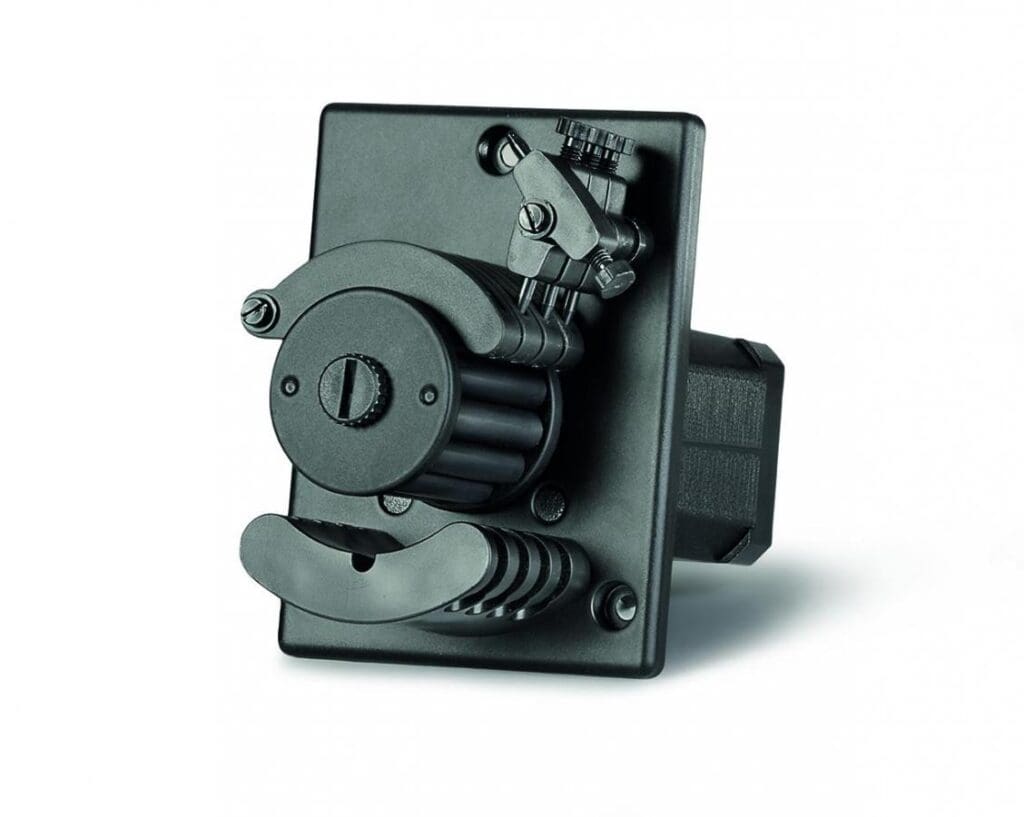
Peristaltic pumps are referred to as hose or tube pumps because they are based on the principle of deforming a tube in order to create a suction effect. The task of a peristaltic pump is to transport fluids in a predefined direction. In this process, the tube is alternately compressed and released in order to suck the fluid that is to be transported into it. Due to this mode of pump action, peristaltic pumps are ideally suited for precision metering and continuous feed applications. The transported fluid does not come into contact with any moving parts. Peristaltic pumps can be equipped with between 1 and 6 channels depending on type. The number of rollers is a criterion contributing to a constant, low-pulsation flow rate. Depending on the size of the pump head and the tubing, it is possible to achieve flow rates from the µL/min through to the L/min range.
For more than 30 years, Erding-based SPETEC has been designing and building peristaltic pumps for an enormous range of applications. It also manufactures the required tubing, which must be as inert as possible in contact with solvents or acids and should have a long service life.
These are the criteria underpinning the design of the two laboratory pump variants Perimax 12 and Perimax16, which differ only in the number of rollers (12/16) in the pump head and the continuously adjustable flow rates they can achieve (0.0017 mL/min to 20 mL/min against 0.0034 mL/min to 40 mL/min).
Perimax pumps have proven their value for instrumental analyses and are used in the fields of biotechnology and bio-analytics, too.
In all models, the drive unit is constructed using a stepper motor, with the aim of achieving the greatest possible stability in terms of pump speed and flow rate, as well as the lowest possible pulsation level.
One of the biggest advantages of Spetec peristaltic pumps is that they are not manufactured as series products. Only a small number of basic components are identical, such as the roller heads, pressure brackets or tube holders. Hence, each pump is developed to meet the customer’s requirements in terms of visual design.